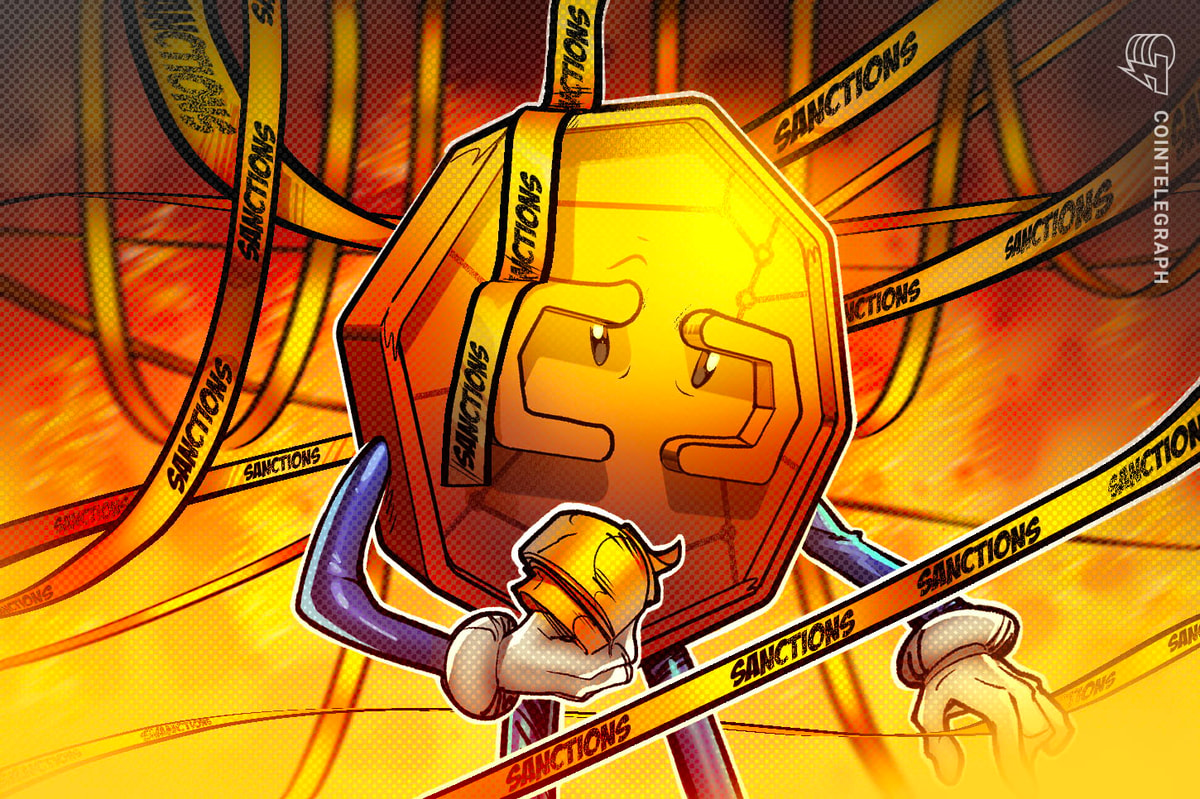Key takeaways:
-
Strong onchain Ethereum activity and treasury accumulation sustain Ether’s resilience despite validator queue exit pressure.
-
Spot Ether ETFs’ growth and declining exchange balances reinforce the bullish outlook, positioning ETH for a potential breakout.
Ether (ETH) has failed to sustain bullish momentum after briefly rallying above $4,700 on Saturday. Traders have become increasingly risk-averse as Ethereum’s unstaking queue surged to $12 billion. Still, stronger network usage and the growing role of ETH as a corporate reserve asset could provide the spark for a breakout above the $5,000 mark.
Fees on the Ethereum network jumped 35% compared with the previous week, while active addresses increased by 10%. Robust onchain activity supports Ether’s price, since every transaction and data operation requires a payment in ETH.
Elevated fees also raise validator yields, which in turn strengthen network security, while contributing to Ethereum’s automatic burn mechanism that gradually reduces supply.
Validator queue data revealed record demand of 2.67 million ETH to exit the staking process on Saturday, creating an estimated wait time of 46 days. Although an unstake does not always mean an intention to sell immediately, the shrinking staking entry queue has worried some investors. That trend could shift, however, given the pace of accumulation by Ether treasury companies.
Strategic ETH Reserve data shows such companies added 877,800 ETH in the past 30 days alone, equal to around $4 billion at current prices. Significant contributions came from Bitming Immersion Tech (BMNR), SharpLink Gaming (SBET), and The Ether Machine (ETHM), all of which are either staking part of their reserves or have formal mandates to begin doing so.
Corporate ETH treasuries and spot ETFs behind potential rally to $5,000
Despite recent weakness, ETH has still outperformed the broader cryptocurrency market by 21% over the past two months.
Ethereum’s dominance in the decentralized application (DApp) sector remains unmatched, with no other blockchain close in total deposits. Including layer-2 solutions, the Ethereum ecosystem controls 64.5% of total value locked (TVL). By comparison, its largest competitor, Solana, accounts for less than 9% of the industry’s $169.4 billion TVL, according to DefiLlama data.
The expansion of spot Ether exchange-traded funds (ETFs) also supports ETH’s price outlook, with assets under management reaching $24.7 billion. These vehicles provide institutional investors with a regulated, accessible way to gain exposure to ETH, reinforcing its lead over rivals.
Related: Why Ether’s price may surge 75% versus Bitcoin by New Year’s
Net inflows of $213 million into spot Ether ETFs on Thursday highlight continued investor demand. At the same time, ETH balances on exchanges have dropped to their lowest level in more than five years, reducing the amount readily available for sale. Glassnode estimates that 2.69 million ETH were withdrawn from exchanges in the past two months alone, signaling accumulation.
Ether’s advance toward $5,000 appears increasingly realistic given both the reserves being built by treasury-focused companies and sustained demand for Ether ETFs. Still, many investors could remain cautious until the Ethereum validator exit queue normalizes, a delay that may create short-term price corrections before momentum resumes.
This article is for general information purposes and is not intended to be and should not be taken as legal or investment advice. The views, thoughts, and opinions expressed here are the author’s alone and do not necessarily reflect or represent the views and opinions of Cointelegraph.
Read the full article here















